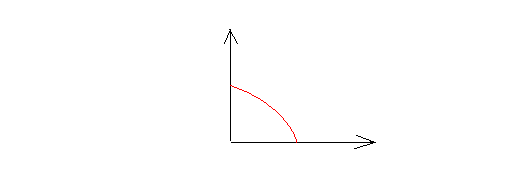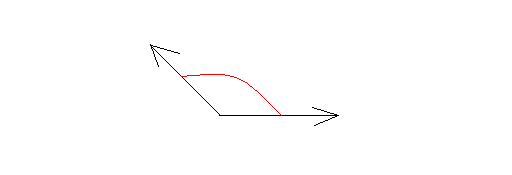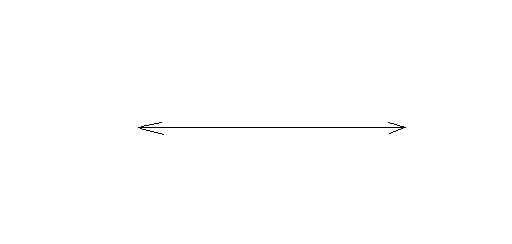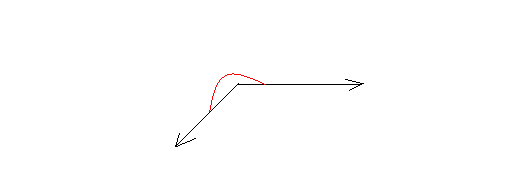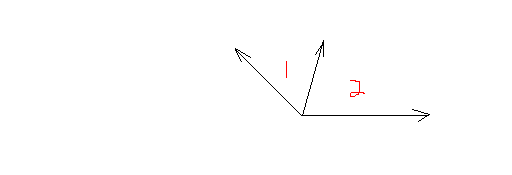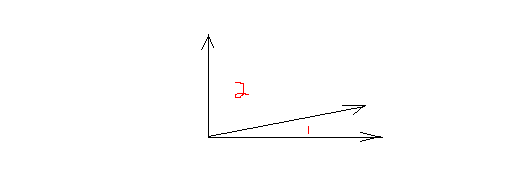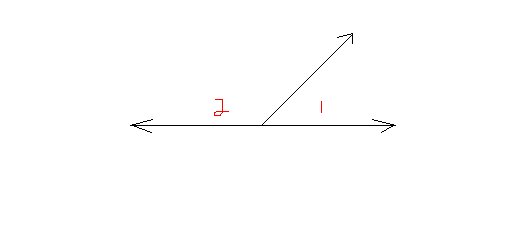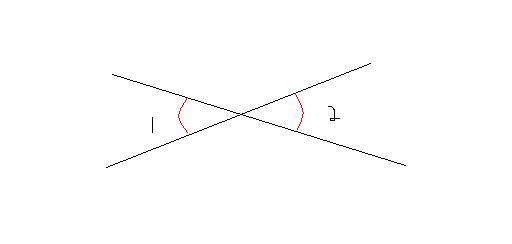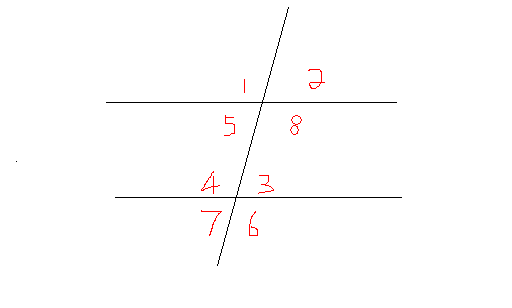Can I get the list of the 'types of angles'
Types of Angles | Definition | Figure |
Acute Angle | An angle whose measure is less than 90 degrees. |
|
Right Angle | An angle whose measure is 90 degrees. |
|
Obtuse angle | An angle whose measure is bigger than 90 degrees but less than 180 degrees. Thus, it is between 90 degrees and 180 degrees. |
|
Straight angle | An angle whose measure is 180 degrees. Thus, a straight angle looks like a straight line. |
|
Reflex angle | An angle whose measure is bigger than 180 degrees but less than 360 degrees. |
|
Adjacent angle | Angle with a common vertex and one common side. |
|
Complementary angle | Two angles whose measures add to 90 degrees. Angle a and angle b are complementary angles because together they form a right angle. |
|
Supplementary angle | Two angles whose measures add to 180 degrees. |
|
Vertical angle | Angles that have a common vertex and whose sides are formed by the same lines. |
|
Alternate interior angle | Pairs of interior angles on opposite sides of the transversal. For instance, angle 3 and angle 5 are alternate interior angles. Angle 4 and angle 6 are also alternate interior angles. |
|
Alternate exterior angle | Pairs of exterior angles on opposite sides of the transversal. |
|
Corresponding angle | Pairs of angles that are in similar positions. |
|













